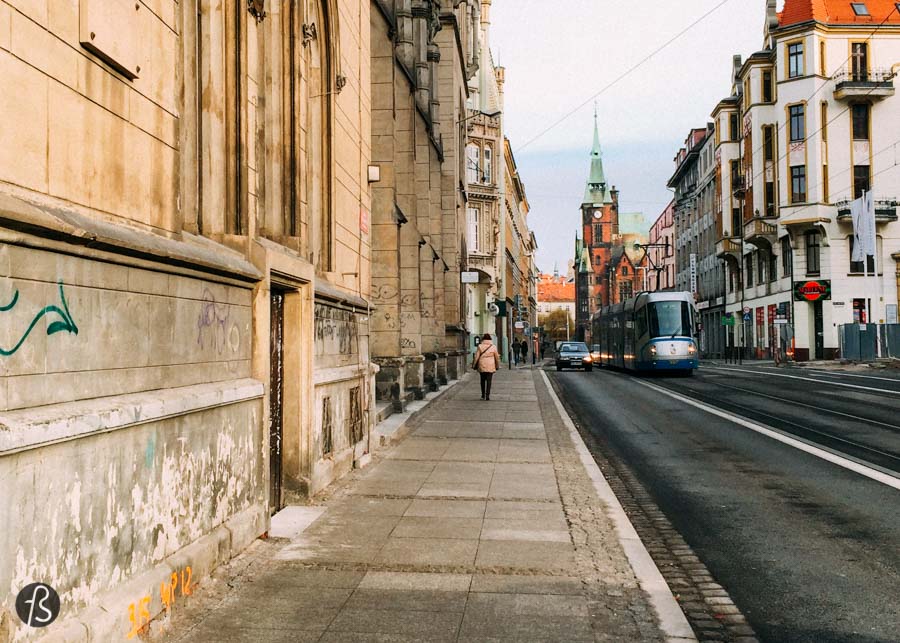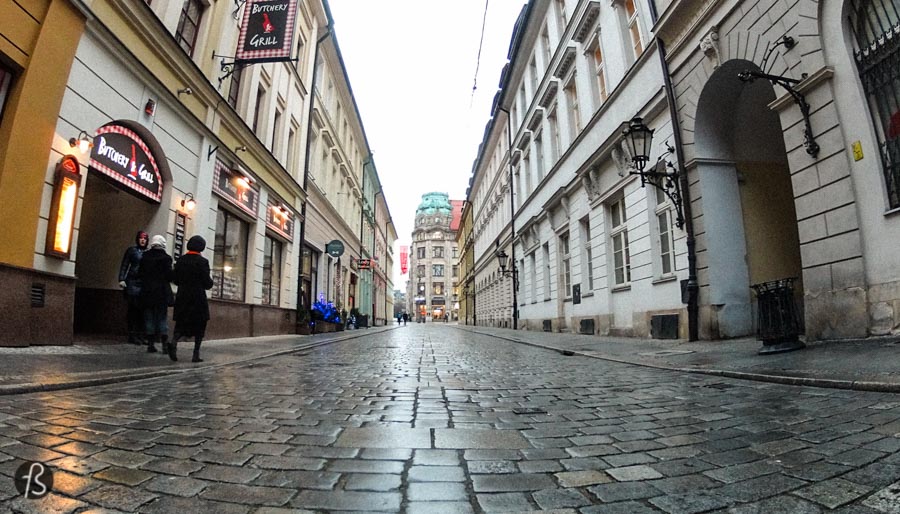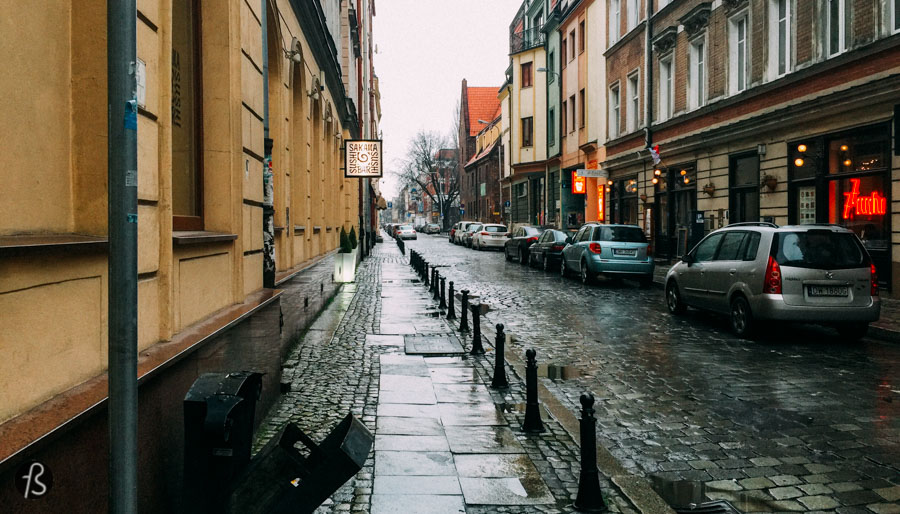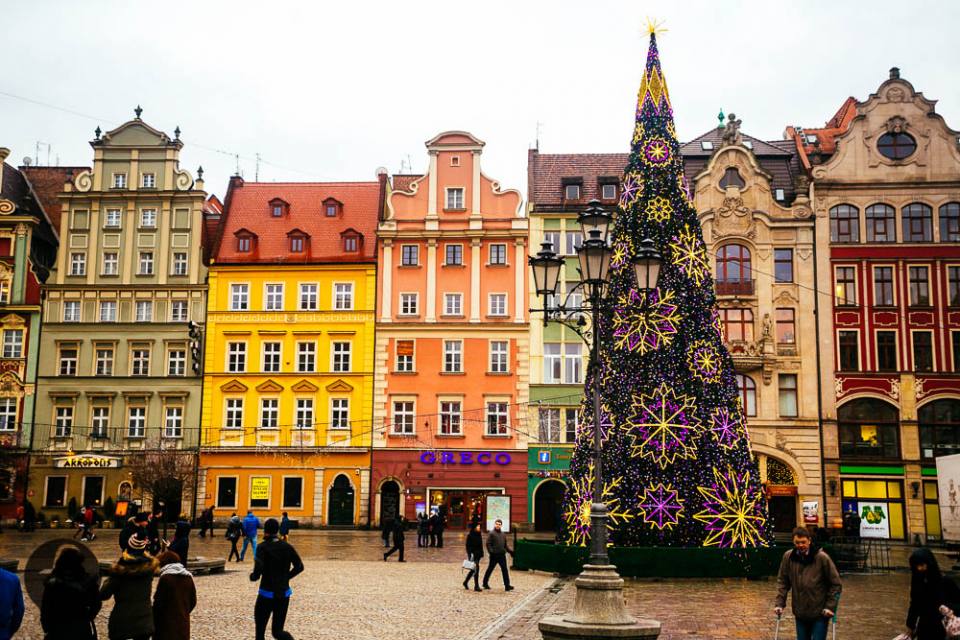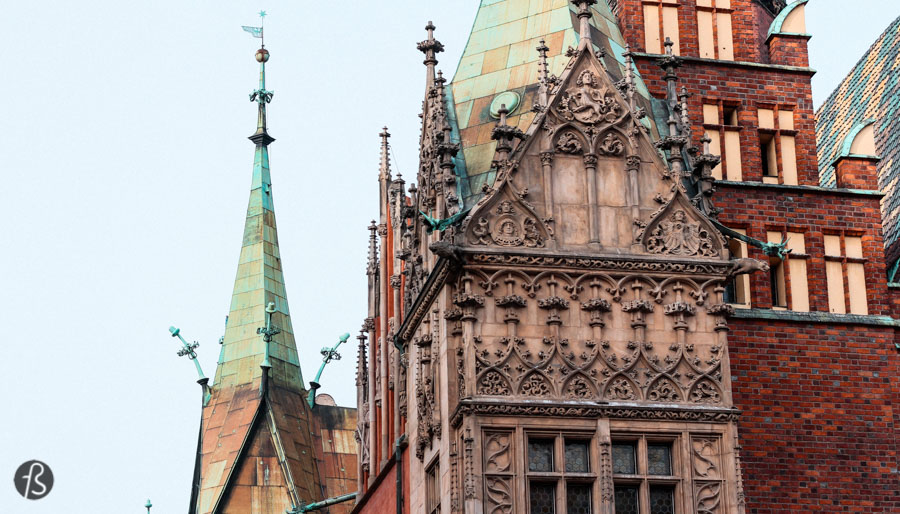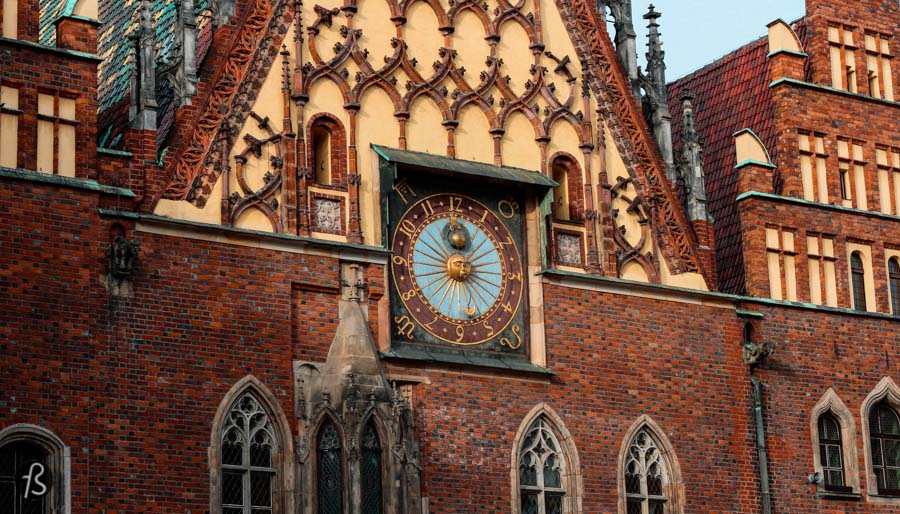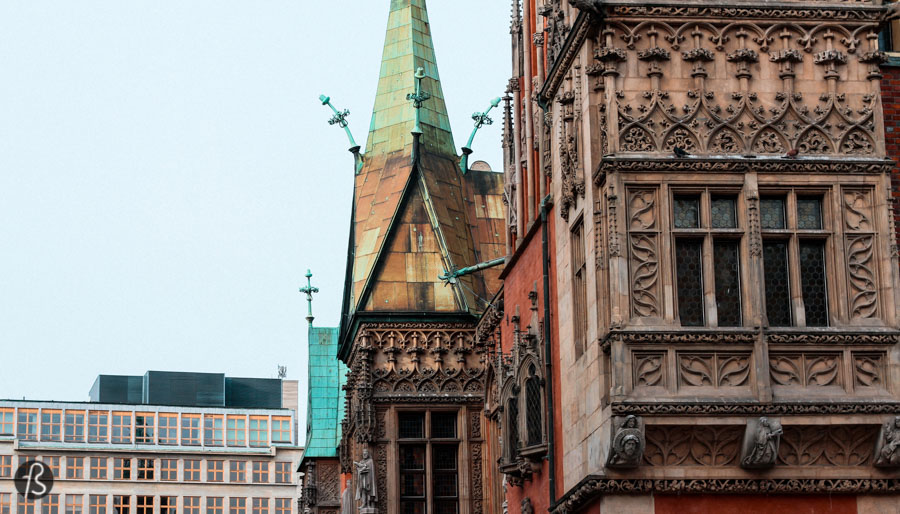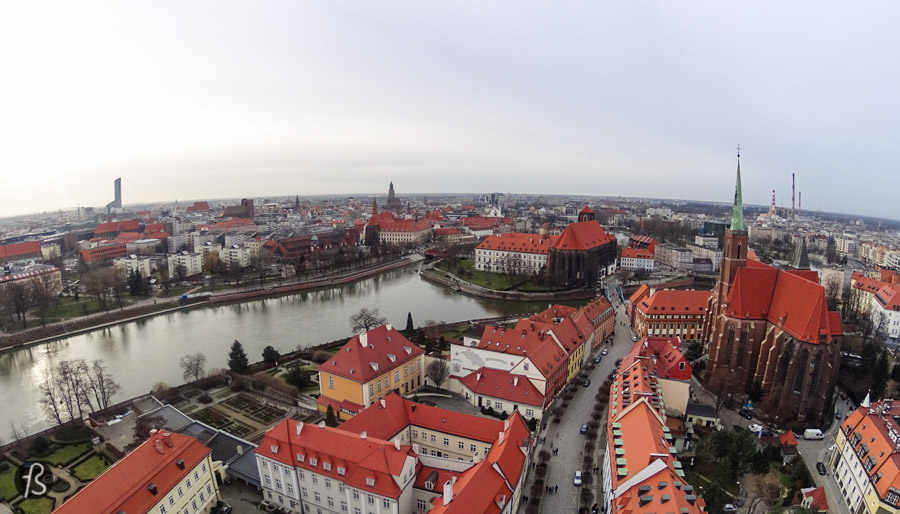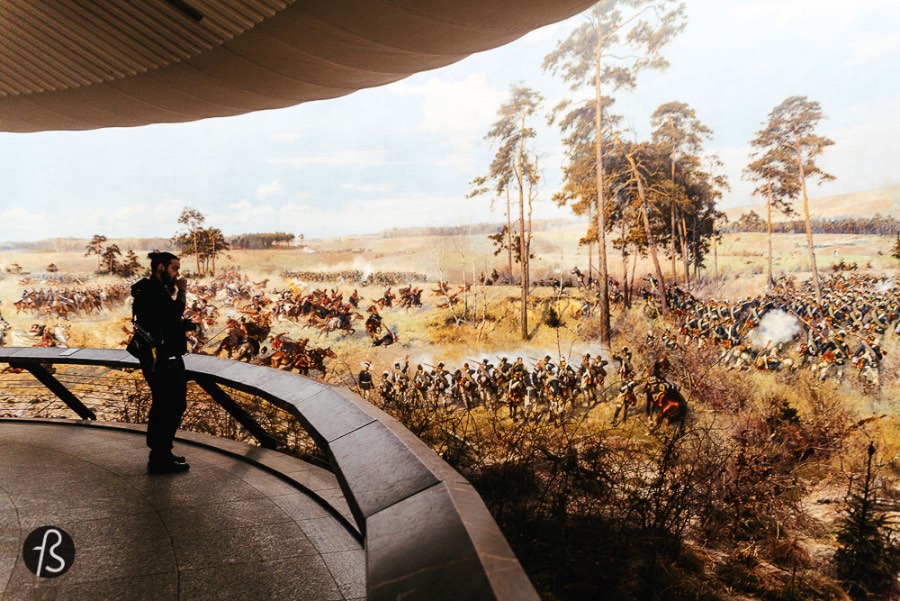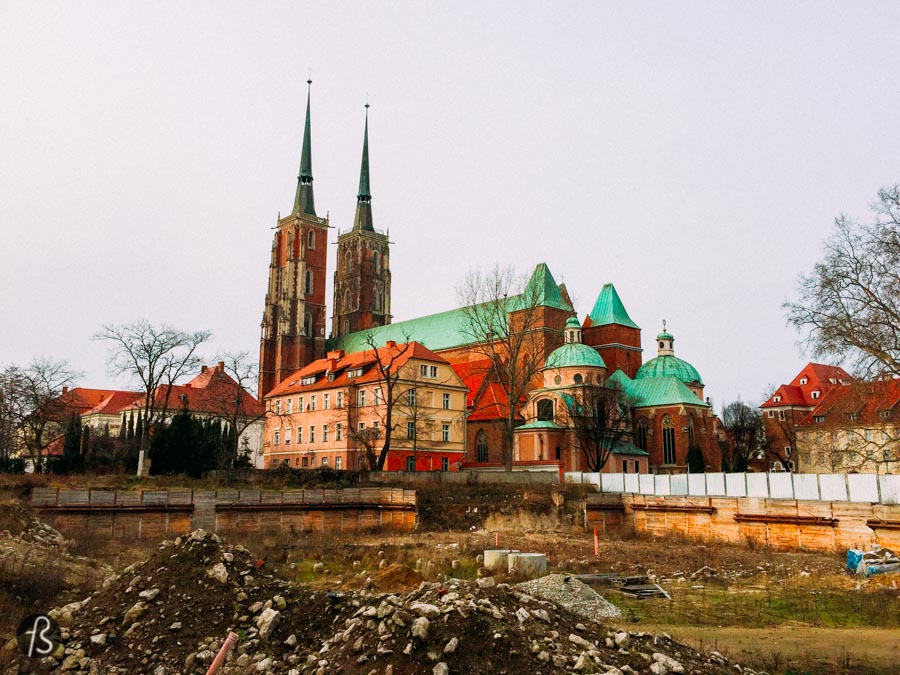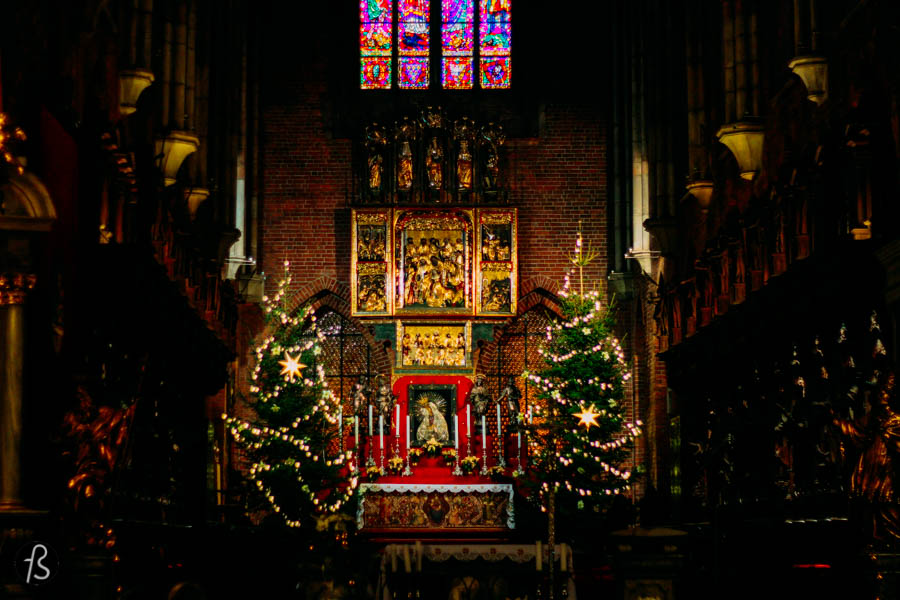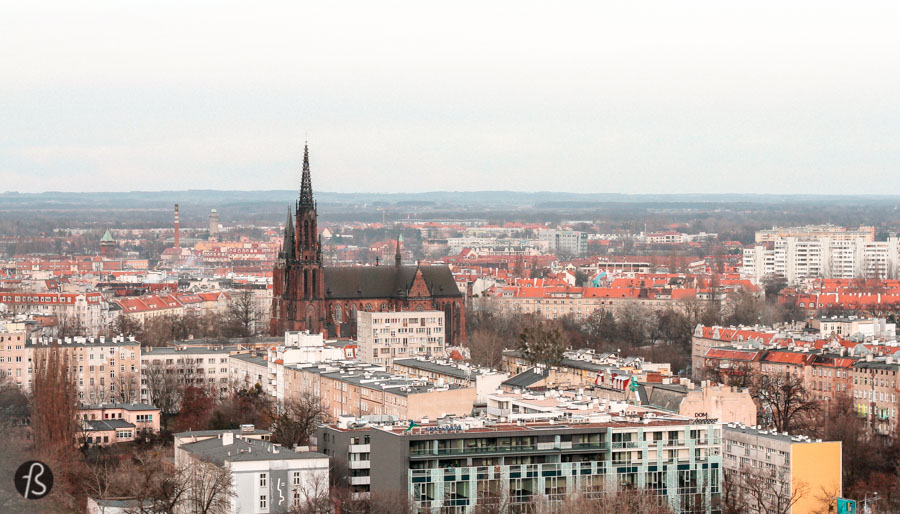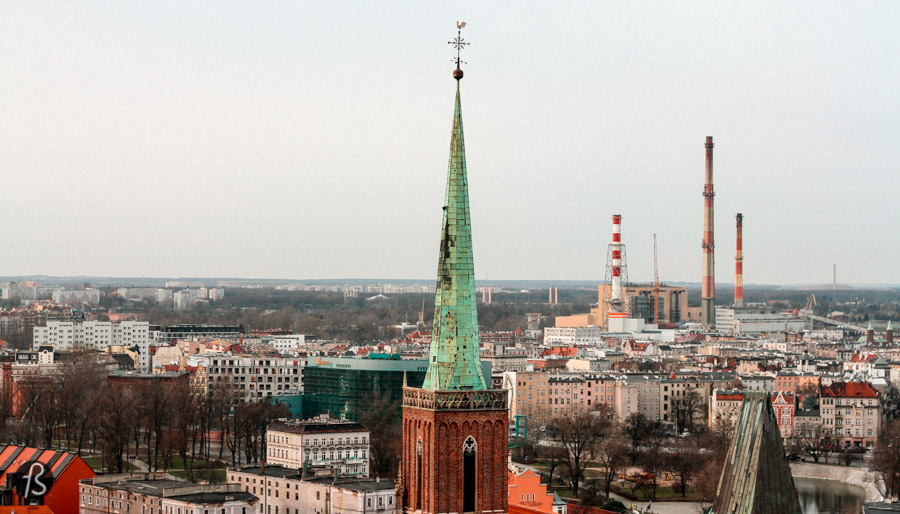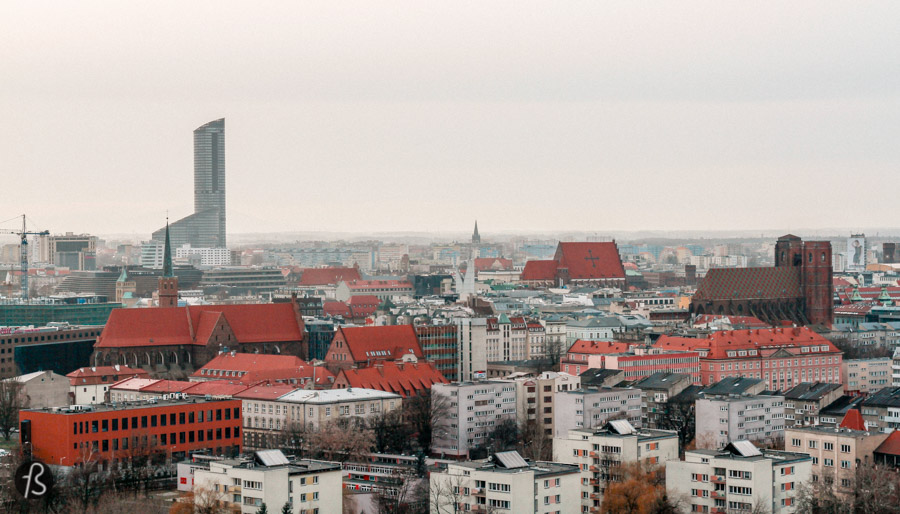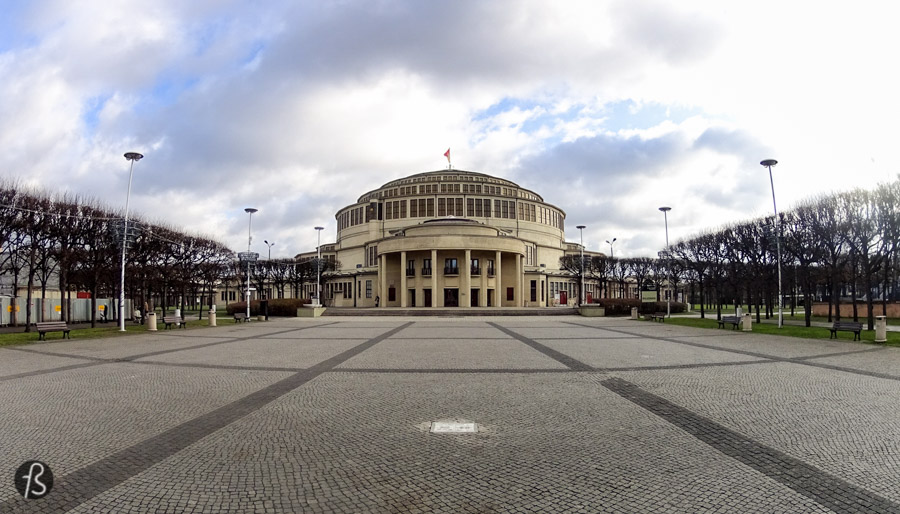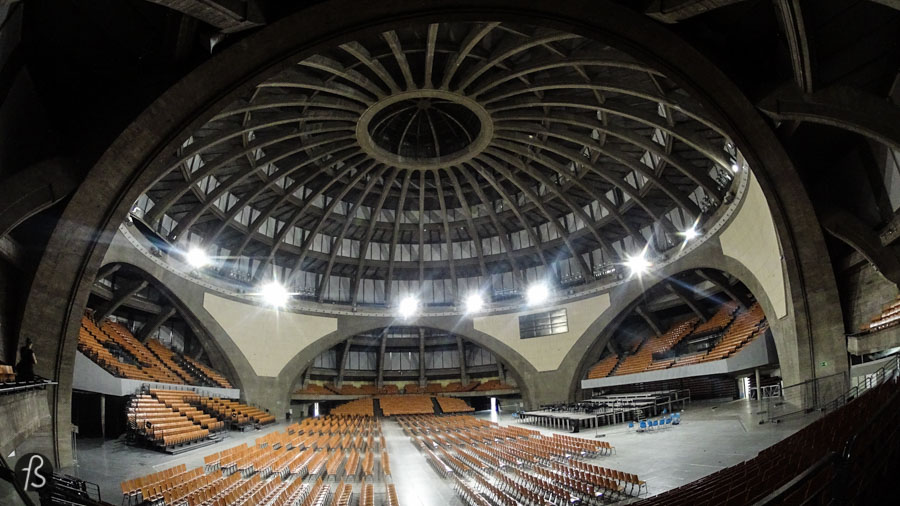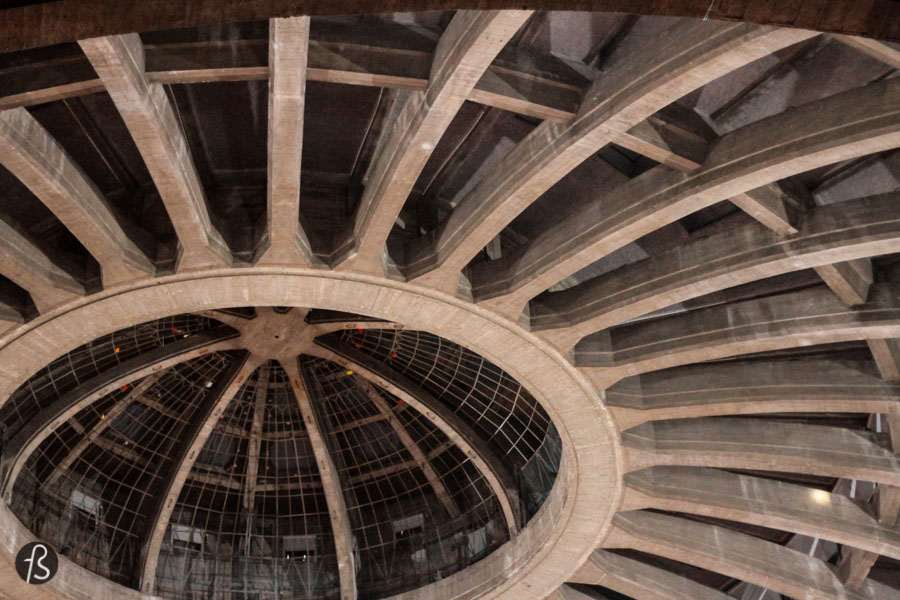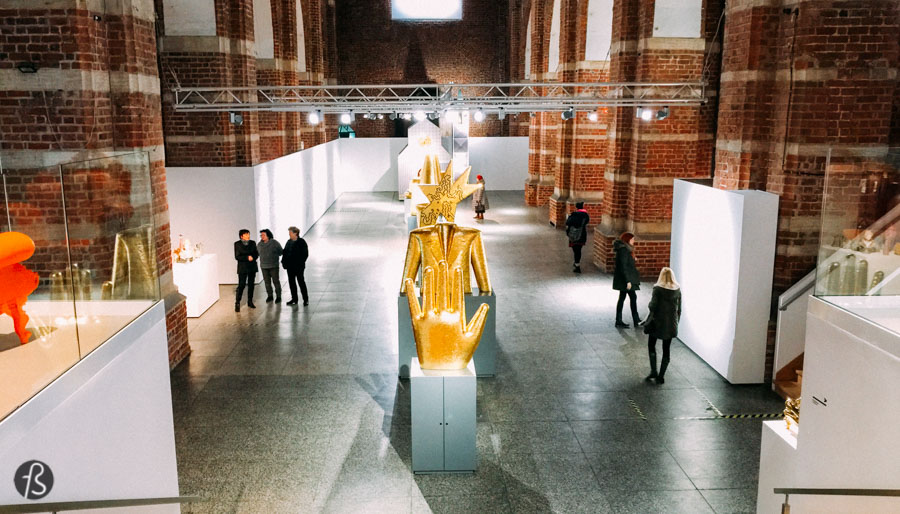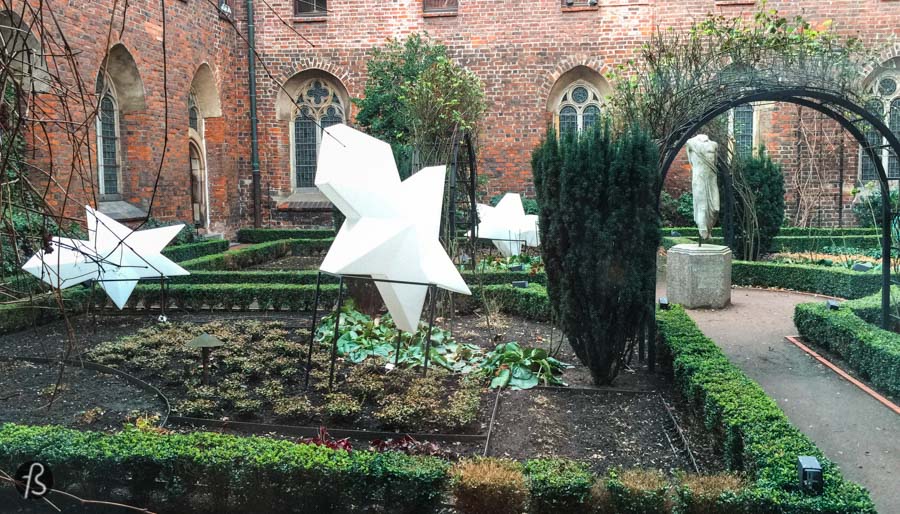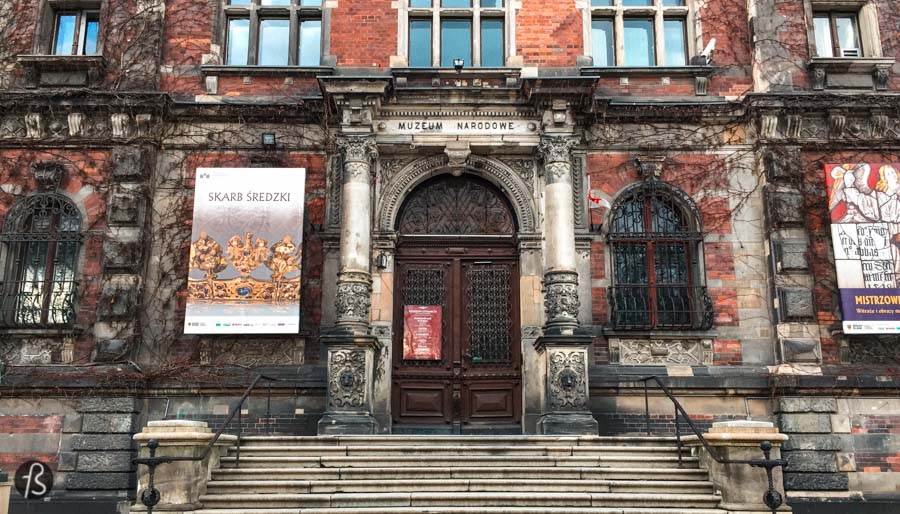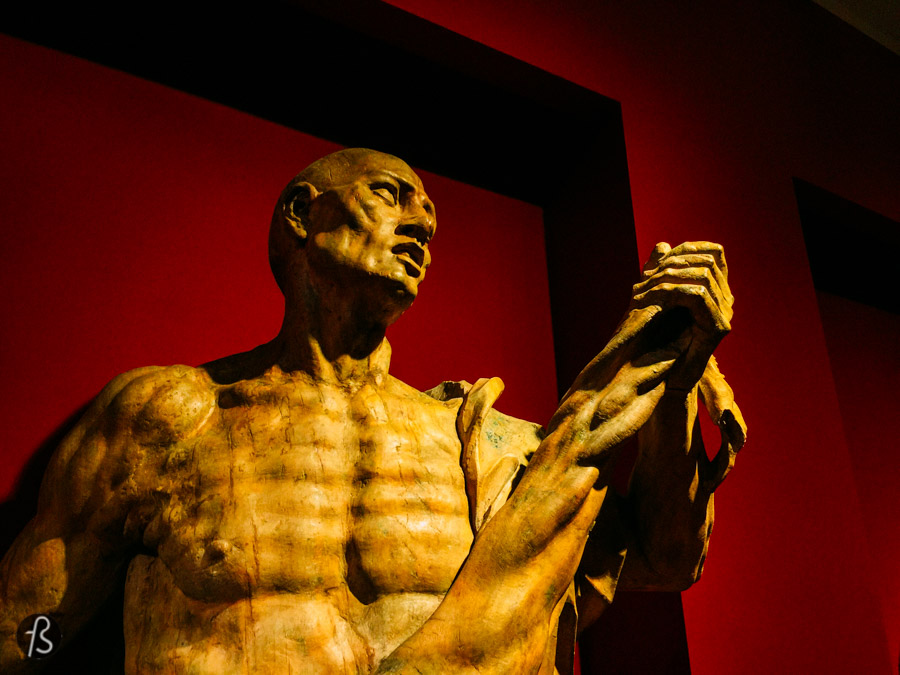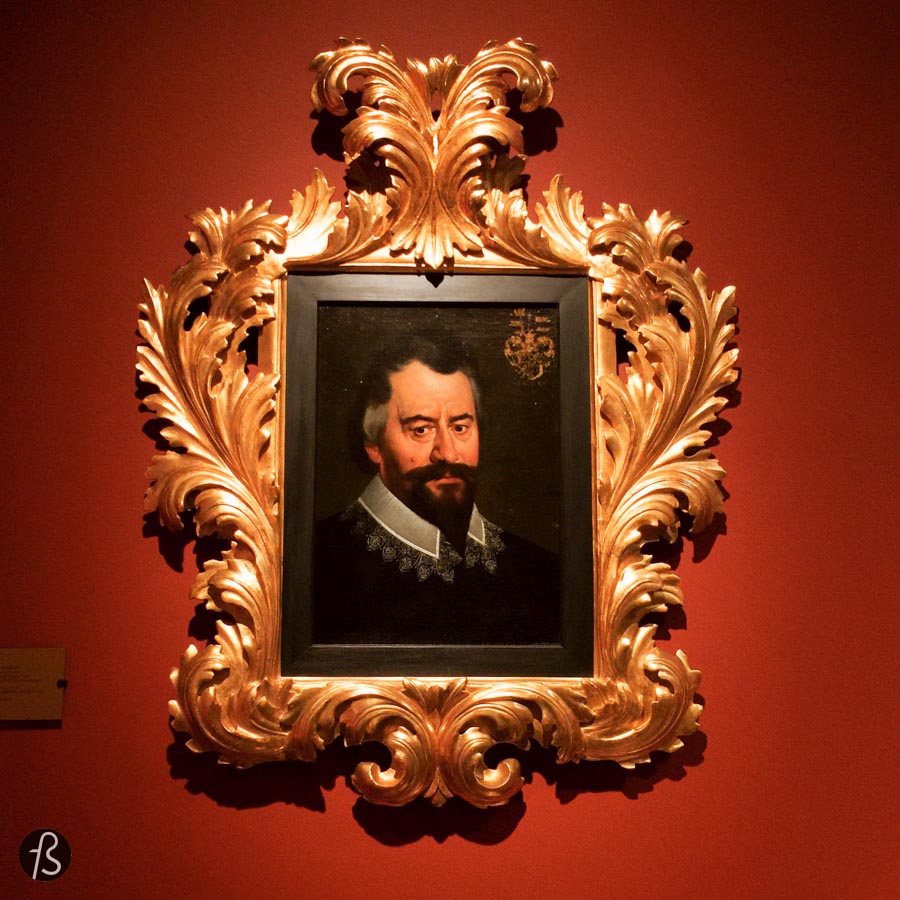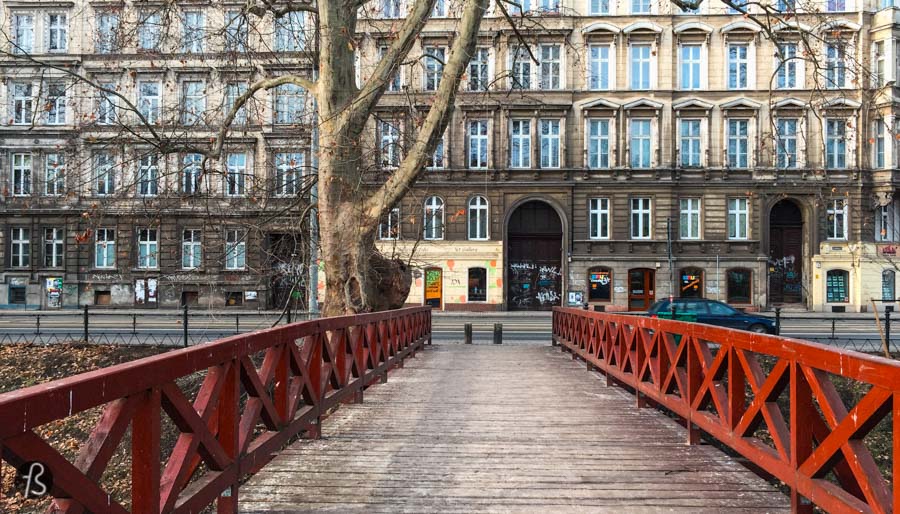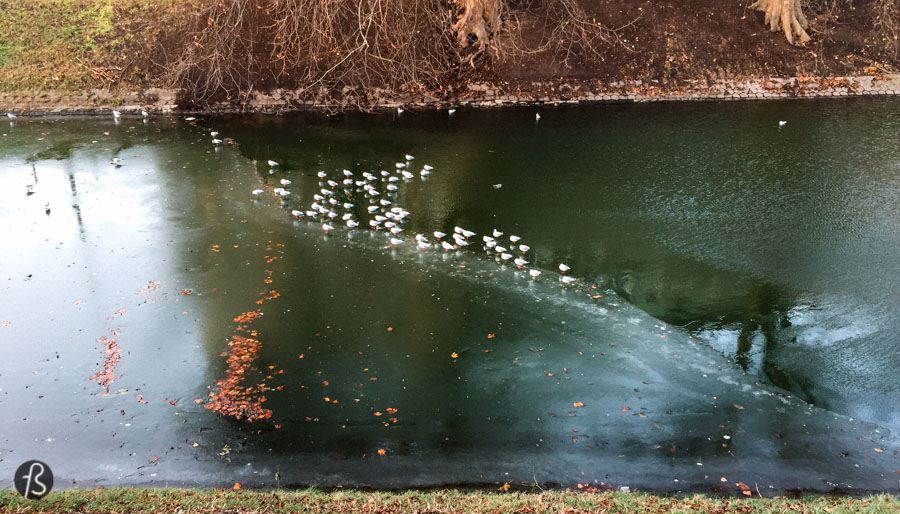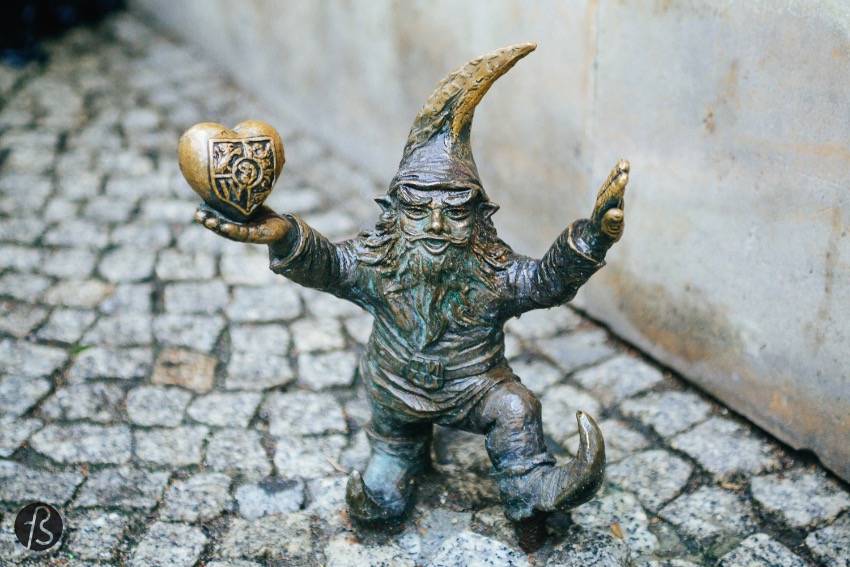Wrocław is the historical capital of Silesia and the largest city and the capital of Lower Silesian Voivodship in Poland. Fotostrasse was there for a few days in early 2015 and we fell in love with this city that hosts almost a million people. Because we loved the days we spent there, we decided to write this short guide with a few things you need to do in Wrocław.
But, we have to do something first. Every time that we mention to people that we have been to Wrocław and how great was there, they look at us with a weird expression. We know the name of the city is not as simple as it could be. But you can handle that.
So, Wrocław used to be called Breslau until 1945 and it’s polish name has this scary looking letter that looks like a l with a slash through it. Don’t worry about anything. When you see Wrocław in this post, try to read as Vrots-swaf. Really. VROTS-SWAF. Simple and straight to the point.
Now and we are done with it, lets keep going.
Understanding Wrocław Poland
Wrocław originated at the intersection of two important trade routes: Via Regia and the Amber Road. The first one is a historical road in the Middle Ages that ran west-east through the center of the Holy Roman Empire and connected Moscow with Santiago de Compostela in northern Spain.
The second one, the Amber Road, was a trade route for the transfer of amber from the North Sea and the Baltic Sea to the Mediterranean Sea. Because of these roads, settlements existed in the area where Wrocław is today since the 6th century.
But Wrocław only came to be sometime in the 900s, possibly because of Vratislaus I, the Duke of Bohemia. Maybe it was named after a warrior of Silesia. We don’t know for sure but we don’t care that much about how this beautiful city came to be named. We care that for 400 years, Wrocław switched hands between Poland, Silesia, Hungary, and Bohemia.
These years marked the history of the city as much as the Mongol siege of 1241 and the earthquake that shattered the city in 1443.
Either way, Wrocław flourished and attracted Germans, Poles, Jews, and Czechs. Germans, particularly, came to Wrocław so much that they managed to outnumber the Slavic population of the city and they even renamed the city, Breslau. In 1526, the city was absorbed into the Austrian Empire and there it stayed until 1741 when Breslau was annexed to Prussia. During Prussian rule, Wrocław became the largest German city east of Berlin and a major center for sciences and arts.
During the Nazi era, Breslau suffered and almost perished.
In the elections in 1932, almost half of the votes in the city went to the Nazi Party. Because of this, the Polish and Jewish population of the city ended up being intimidated and, later, exterminated.
During the Second World War, the city became a center for refugees trying to escape the Soviet Red Army that was heading into Berlin. Wrocław was declared a fortress city by Hitler and because of that, the city was sieged and it paid the price with the mass destruction of everything.
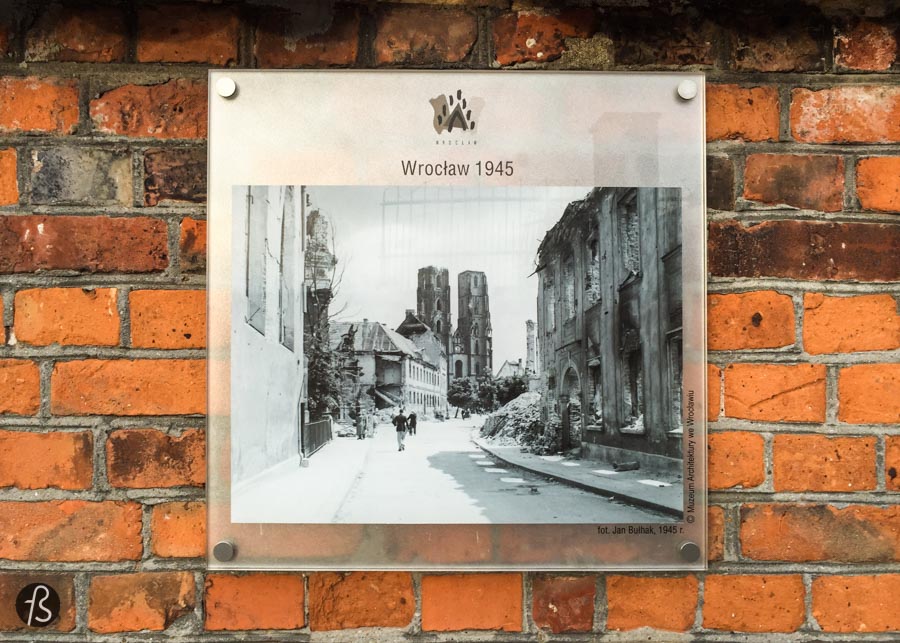
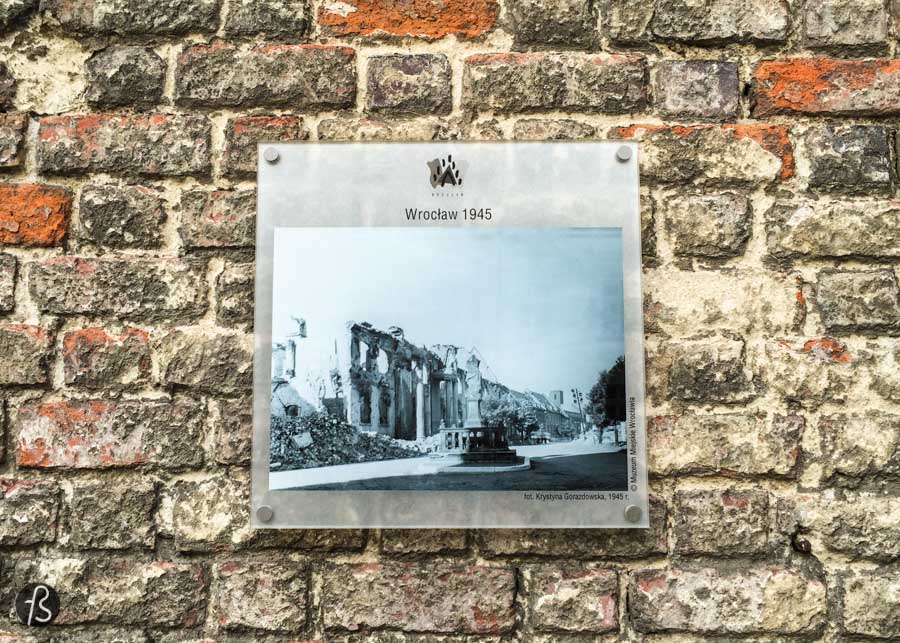
On May 6, 1945, Wrocław was the last major city in the Third Reich to surrender to the Allies. More than 100.000 people died in the battle for the town. After the Second World War, Breslau became Wrocław again.
The German population of the city was expelled and replaced with Polish people who had been removed from eastern Poland, an area annexed by the Soviet Union. In the post-war years, Wrocław was rebuilt and rejuvenated. When you see pictures of the city after the Second World War, you can barely believe how it looks today.
In the 1980s, Wrocław stood in solidarity with Gdansk and created the Orange Alternative to protest martial law in Poland.
Today, more and more people are getting to know Wrocław from the many events it hosts. More and more tourists are coming to see the historical city center filled with dwarfs, beautiful bridges, and history in every place you look. Like the Euro 2012 Championship to the 2016 European Capital of Culture.
Below you can see some of the best things to do in Wrocław.
Wroclaw Market and the Salt Square
The first thing you have to do in Wrocław is visit the Market Square. Also known as Rynek, this is one of the largest market squares in Europe.
This is the heart of Wrocław, where shopping, food and business gather for everybody to see and enjoy.
The buildings around the square were built in different styles, ranging from Art Nouveau to Gothic. The impressive facades of the townhouses deserve all the attention they can get.
The middle part of the ring that surrounds the square is occupied by the Old Town Hall, the New City Hall, and numerous houses. This is perfect for those of you that really like to pay attention to the details of buildings.
Pay attention to the City Hall, look up and you will understand what we are talking about.
The Racławice Panorama
The Panorama of the Battle of Racławice is the only surviving Polish panorama painting left and one of the only few preserved in the world.
This large painting, if we can describe it like that, shows the Battle of Racławice. It was a famous episode of the Kościuszko Uprising against Prussia and Imperial Russia, a heroic but failed attempt to defend Polish Independence back in 1794.
This large and amazing painting was one of the only places I knew I had to visit when we went to Wrocław.
I knew the history behind it but I didn’t expect to find it so interesting and so beautiful. If you like art and military history, this will be the place for you.
Ostrów Tumski and the Cathedral of St. John the Baptist
Cathedral Island, also known as Ostrów Tumski, is Wrocław oldest part, dating back to around 1000. Located on the north bank of the Oder River, this part of the city is filled with picturesque buildings and tiny streets covered in cobblestones.
This is where you are going to find most of the historical churches like the Cathedral of St. John the Baptist.
The Cathedral of St. John the Baptist in Wrocław is one of the most important landmarks in Wrocław. First built in and 10th century, this church was built in a lot of expansions. The first one was around 1158, the second one was after the Mongol Siege of Wrocław in 1244 and the third one was after a fire that destroyed the roof in 1540.
During the Second World War and the Siege of Breslau, about 70% of the building was destroyed due to heavy bombing from the Red Army.
Most of what you see today at the Cathedral was rebuilt between 1951 and 1991. When you are in Wrocław, don’t forget to go all the way to the top of the Cathedral of St. John the Baptist.
The view from up there is breathtaking and it is going to help you understand the city better and see your favorite spots from up there.
A Visit to the Centennial Hall
The Centennial Hall is one of the most interesting landmarks Wrocław has. This huge building was constructed between 1911 and 1913 under the supervision of Max Berg when the city was still a part of the German Empire.
The Centennial Hall was designed to be a multifunctional structure, able to host exhibitions, concerts, operas and sporting events.
If you are interested in the history of architecture, you will love the Centennial Hall. This huge structure of reinforced concrete is the first polish historical monument and it was also listed in 2006 as a UNESCO World Heritage Site due to its cultural importance.
Museum of Architecture in Wrocław
Since we are talking about architecture, Wrocław is home to the only architecture museum in Poland. Founded in 1965, Muzeum Architektury is located in a 15th century set of buildings that include a church and a old monastery.
Inside the museum, you are going to see a collection focused on the evolution of architecture in general, although with a specific focus on Poland. They also have the largest collection of stained glass in Poland and a lot of different exhibitions happen there throughout the year.
The National Museum in Wrocław
On the last hours we were in Wrocław, we decided to enter a beautiful building that surprised us by being the National Museum. We had a few hours to waste before we had to leave the city and we decided to explore this museum.
We didn’t know but it was one of the best choices we did during our days there.
Everything you see inside the National Museum is closely connected with the changing borders that followed the Second World War in Central Europe. Everything was done, from the artwork to how it was arranged inside the building, to remind the polish people that their national treasures were once again residing in Poland.
At the National Museum in Wrocław, you can find a lot about Silesian Art, starting in the 12th century and going all the way to the 19th century. We didn’t know anything about it, but we loved what we saw and everything we learned there. You should also visit bonus points for those who can find a painting featuring Robert DeNiro as a bohemian count.
Take a walk around Fosa Miejska
Fosa Miejska is the name of the historical moat fortification that used to surround Wrocław. The structure was built to protect the city from invaders in the 13th century.
It was later extended and improved until the early 19th century when under occupation by Jerome Bonaparte, the fortifications started being demolished.
Today you can walk at the green belt that still exists and it is called Promenade Staromiejska. From there you can picture how the moat used to be and how different the city would be today if it still existed. There are beautiful old buildings around the water as well that feel like a trip back in time.
Also, there are a lot of ducks in the water and we love ducks.
Can you catch all the Wroclaw Dwarfs?
Wroclaw is overrun by dwarfs. Everywhere you walk in the city, you are going to find a dwarf. Near most major landmarks, you are going to find a dwarf. After a while, you start thinking about trying to find every one of them. The problem is that there are more than 300 dwarfs around Wroclaw. Can you catch them all? We tried. You may be asking yourself why so many dwarfs and the answer is not what you expect.
Back in the 80s, when communism was in power in Poland, dwarfs became the absurdist card of the Orange Alternative movement. They wanted to have an alternative way of opposing the authoritarian communist regime so they came up with something different. They wanted a way of peaceful protest and they found it through painted ridiculous graffiti of dwarves.
In 2001, to celebrate the Orange Alternative movement, a figurine of a dwarf was placed on Świdnicka Street, where the group used to gather. It was such a success that, in 2003, Wroclaw decided to start with the dwarf craze in the city.
This is how they reached almost 300 dwarfs on the streets of Wroclaw!
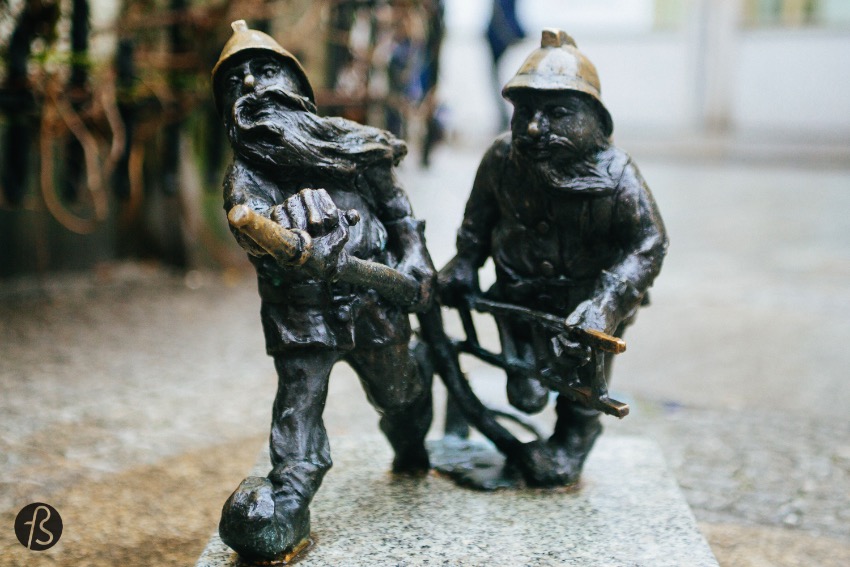
If you like what you read here, you should join our Discord channel; there, you will find a place for open discussions about all the themes we talk about here, and it is a free space for you to share your questions, comments and suggestions.
If you are not a fan of the platform, you also can join us on our Facebook group or our Twitter and Instagram. We usually post all the lovely images we see and do there, together with curating the best links of all World Wide Web. No joke!
Subscribe to our newsletter for discounts in hotels and photo gear, freebies and much more.
